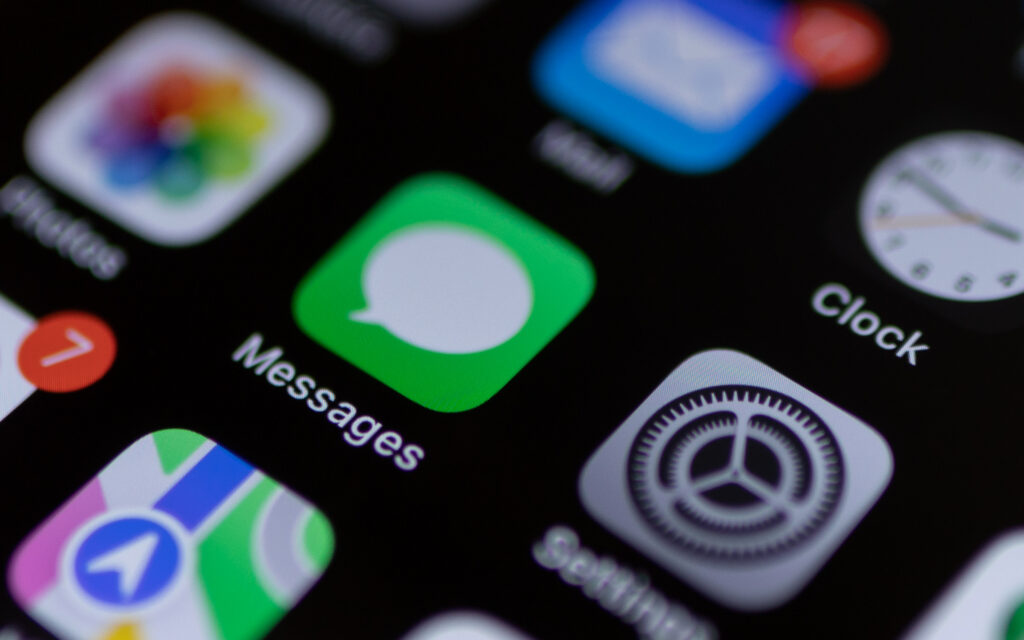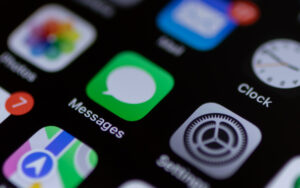Overview
If you’re using SMS text messaging as a marketing tool but you’re not seeing the conversions you’re hoping for, there could be a few reasons why. One of the biggest culprits is the content you’re sending out. If your images and copy come off as spammy or unprofessional, you’re likely turning off potential customers before they even have a chance to engage with your brand.
That’s where good branding, graphic design, and copy writing come in. These three elements are crucial to creating SMS messages that not only catch your customers’ attention, but also convert them into paying customers.
A Strong Brand Identity
Let’s start with brand identity. Your brand is the foundation of your business, and it’s what sets you apart from your competitors. It’s important to make sure that your texts are consistent with your brand’s look and feel. This means using your brand’s colors, fonts, and imagery in your messages, so that your customers immediately recognize that it’s from your brand. This helps to establish trust and credibility, and makes it more likely that customers will engage with your message.
Graphic Design
Next up, graphic design. This is another crucial aspect of SMS messaging that can make or break your campaigns. Good graphic design can grab your customers’ attention and make them want to learn more about your brand. Bad design, on the other hand, can be a major turn-off. Make sure that your images are high-quality, relevant to your message, and visually appealing. Avoid using stock photos or generic images that don’t add any value to your message.
Below, we compare generic SMS message art versus a more branded one. Let’s use retailer-giant Target as an example (disclosure: not a real ad). The image on the left was generated by an undisclosed retailer. If you received this image, would you click on it? A better question: is it even possible to click? If it’s an SMS image being sent to an iPhone, for example, the image, if tapped, would only open bigger. No hyperlinking.
The image on the right utilizes a strong brand identity. If you receive the image on the right, subconsciously, you know it’s from a trusted retailer. Even if the messaging is ambiguous, brand identity is still prevalent based off the color palette, fonts, and icon mark.
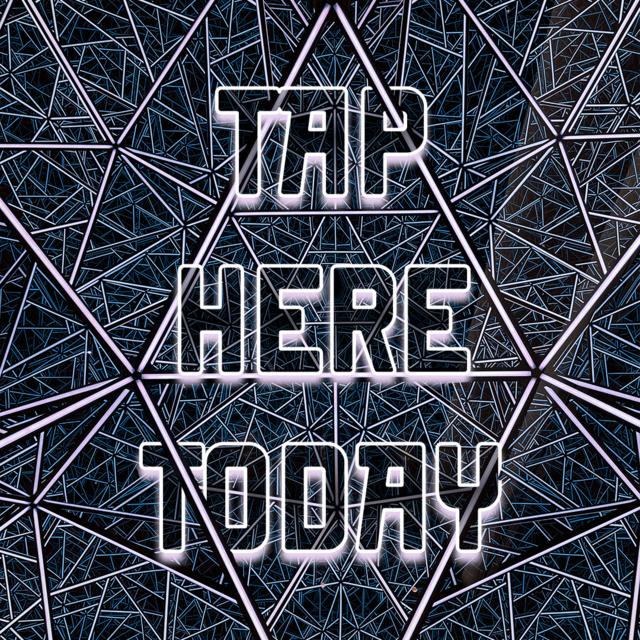
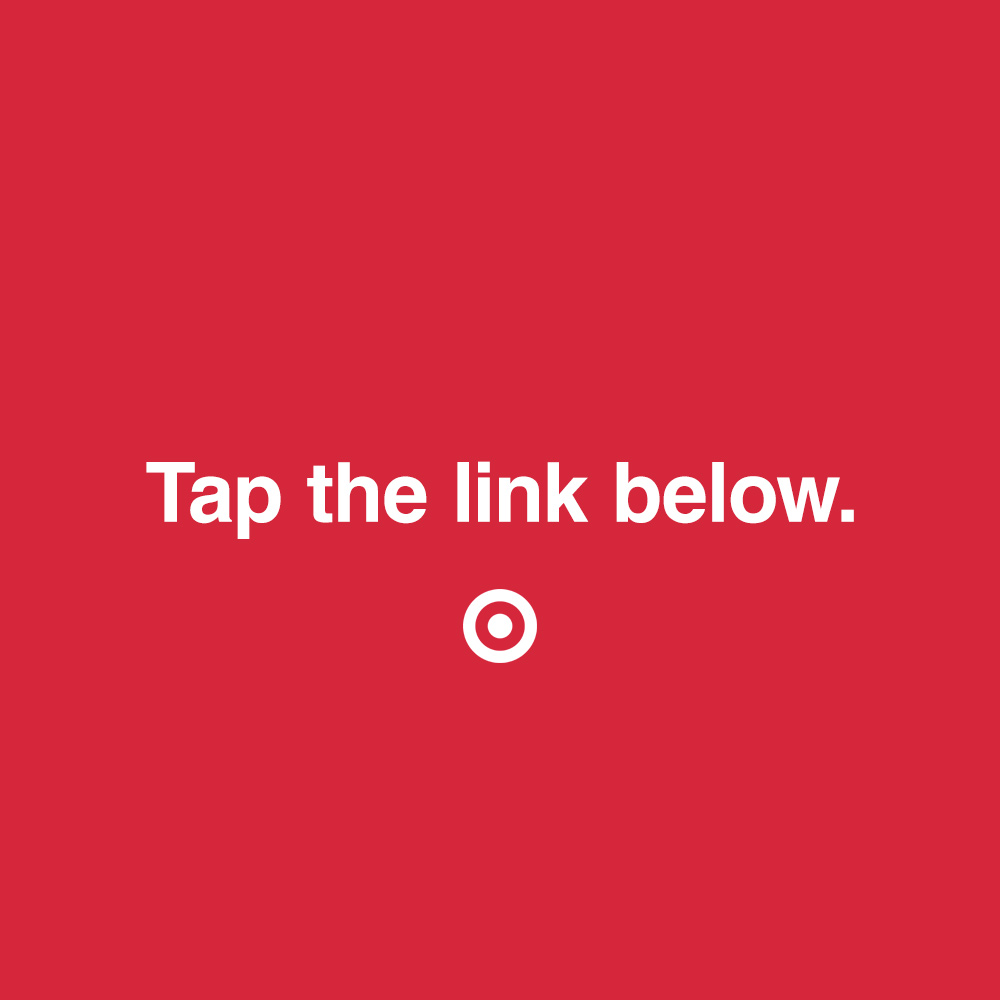
Copywriting
Last but not least, copy writing. The words you use in your SMS messages are just as important as the images and design. Good copy writing should be concise, compelling, and relevant to your audience. Avoid using overly sales-y language or cliches, and instead focus on providing value to your customers. This could mean offering exclusive deals or promotions, or simply providing helpful tips or information related to your product or service.
Let’s take a look at some examples of good and bad SMS text messages. A good message might look something like this:
“Hey [Customer Name], you unlocked 25% off your next purchase when you use the code SUMMER25 at checkout! Don’t miss out on this deal, it’s only available for the next 24 hours. Happy shopping!”
This message is short, sweet, and to the point. It offers a clear and compelling incentive to make a purchase, and uses urgency to create a sense of FOMO that can be a powerful motivator for customers.
On the other hand, a bad message might look something like this:
“Hey! Check out our website! We have lots of great deals! Click the link to see them all!”
This message is vague, spammy, and doesn’t offer any clear value or incentive to the customer. It’s also unlikely to convert because it doesn’t address the customer by name or use any personalization.
Bonus: Audience Segmentation
Finally, let’s talk about audience segmentation. This is the process of dividing your customer base into smaller, more specific groups based on shared characteristics or behaviors. By doing this, you can tailor your SMS messages to each group and increase the chances of conversion. For example, you might segment your audience based on their location, age, or purchase history. This allows you to send messages that are more relevant and appealing to each group, and to avoid the risk of over-messaging or under-messaging certain groups.
For example, this is part of a campaign that we created for one Boston’s largest cannabis deliveries— Lantern. Through audience segmentation, we were able to create ads that were better targed. For example, if a customer had spent over $100 on edibles, we created an ad that featured an edible. If they customer had spent $100 or more in the last month on a vaporizer, we featured a vape. Lantern saw significant ROI from more targeted and segemented campaigns than by sending out a more generic ad.
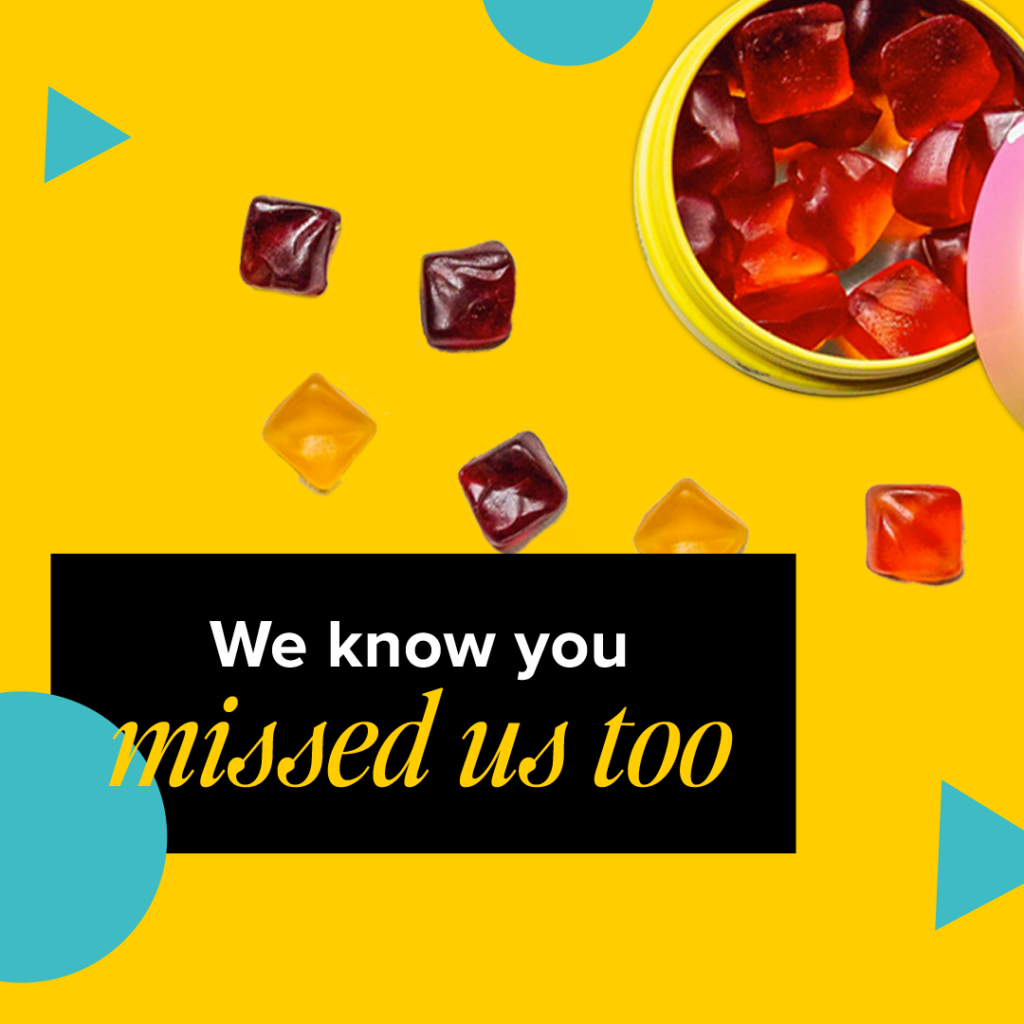
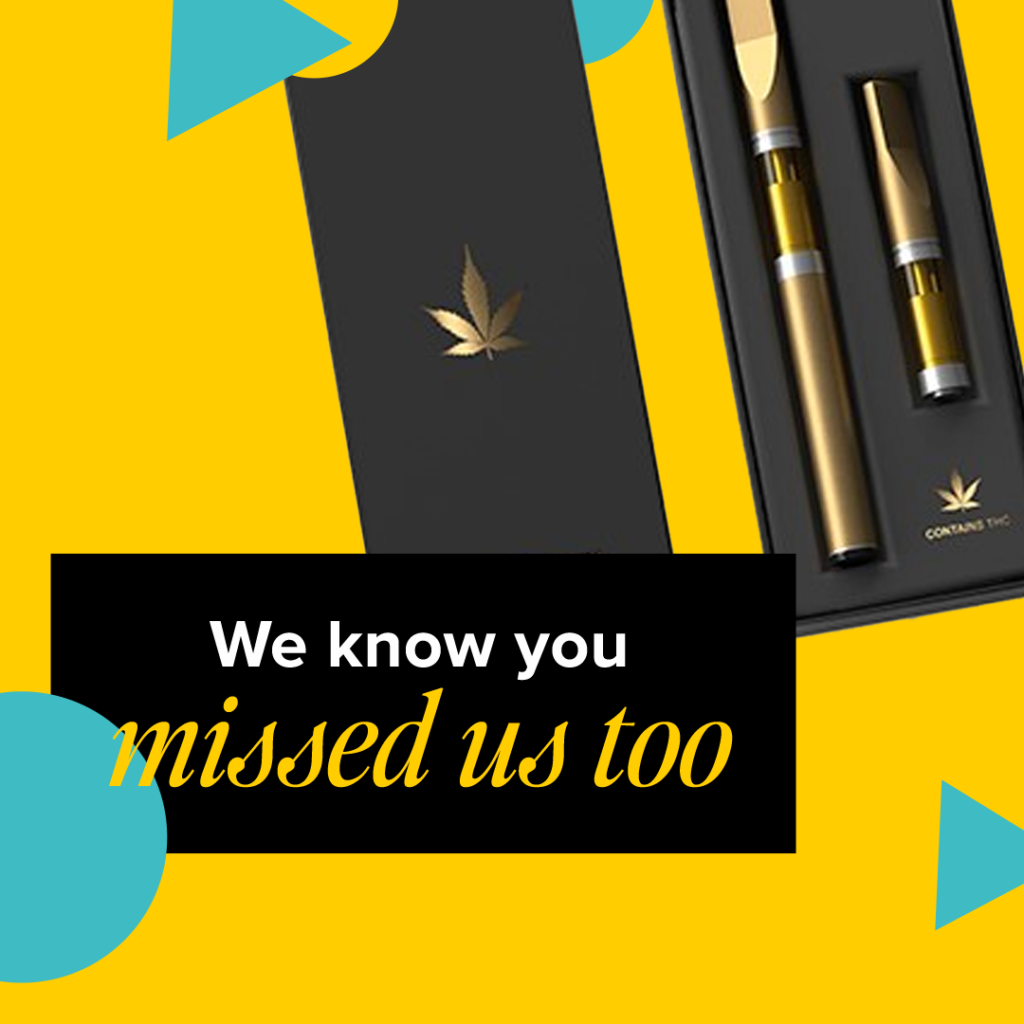
Conclusion
Overall, good branding, graphic design, and copywriting are crucial to creating effective SMS text messages that convert. By taking the time to craft messages that are consistent with your brand, visually appealing, and relevant to your audience, you can increase engagement and drive more sales.
